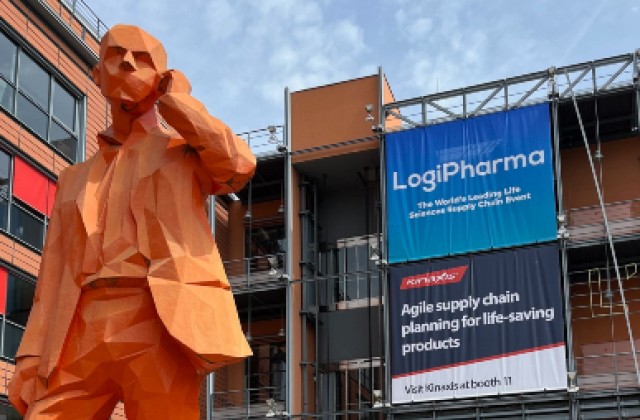With the pace of change in the automotive industry as of late, making any predictions seems a bold move. It’s hard to imagine what the next twelve months and beyond hold for an industry facing seemingly non-stop innovation. But in 2020, I expect we’ll see this pace of innovation continue. Here are a few predictions for the year ahead.
The electric age accelerates
As the millennial and Gen Z cohorts continue to become more of the buying market (by 2020 they will make up 64% of the world’s population according to Forbes), their preferences will only further dictate where the industry leans. With electric options becoming more affordable (see models like the Nissan Leaf), the continued growth of electric vehicles is likely to rise as this play into the buying preferences of these generations. In order to maintain relevant, or gain relevancy, with that share of the market, automotive leaders will continue to invest and innovate in electric vehicles. Not only will customer preference drive this growth, but more regulations (like the Clean Air for Europe Act) will push consumers and manufacturers alike further in this direction. These regulations wildly vary from region to region, but with most automotive OEMs and suppliers operating globally, even if one major region is enforcing stricter regulations, others very well are. Learn more about how Kinaxis is able to help organizations manage CO2 emissions with supply chain planning.
More M&A activity
With Peugeot and FCA’s merger this past fall as one example, I predict we may see even more merger and acquisition activity on the horizon in the coming year, not just for OEMs, but potentially for suppliers as well. Mounting financial pressures and the globalization of the industry may cause traditional OEMs to look to combine forces, perhaps with some of the disruptors entering the market in recent times. In order to remain competitive with these disruptors, traditional automotive organizations need to determine where the right places to invest are based on either their consumer preferences or organizational goals. One way to gain that innovative prowess could be through M&A activity.
The connected car and automation continues to expand
The use of connected devices is only continuing to grow. From phones, smart watches, tablets, smart speakers and more, any individual can have upwards of five plus connected devices associate to them. Research group IDC projects that there will be 41.6 billion connected devices by 2025. The expectation that all of our devices communicate with one another, saving our preferences and tailoring our experiences. Automotive organizations are partnering with more high-tech companies to provide a seamless customer experience from home to car. The innovation of self-driving cars will no doubt continue, but in the more near-term, features like driver assistance in terms of parking and safety features, will become available in more models, continuously, at more affordable rates. All of these features only add complexity to demand forecast. Learn how Kinaxis can help increase accuracy in your forecast.
Tariff concerns linger
Hacking a short-term fix to the looming threat of tariffs will no longer suffice in the coming year. We’ve discussed in prior pieces how the ongoing tariff wars are impacting the automotive industry. While in 2019 some organizations looked for a “quick fix” to a looming problem, in 2020, automotive organizations need to adopt more sophisticated approaches to navigating uncertainty around tariffs to avoid excess costs and manage their businesses more efficiently. There is much to look forward to in 2020 and we at Kinaxis are excited to share the journey with you! Want to get started now? Check out this on-demand webinar on agile decision-making and emerging technology in the automotive industry.






